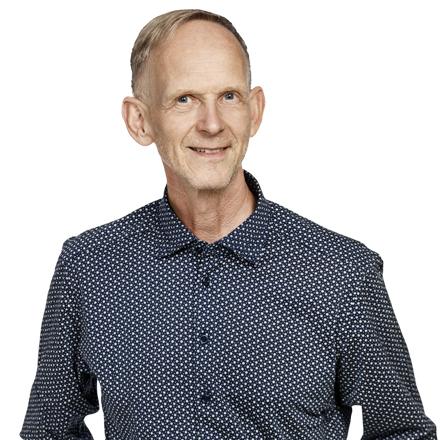In the dynamic landscape of the cable industry, the emergence of 1.8 GHz rollouts marks a significant turning point. They will steer the industry towards full-powered DOCSIS 4.0 networks as well as a new era of network intelligence, bringing not just faster broadband speeds to subscribers but a holistic transformation in network capabilities.
How did the industry embark on this transformative change? In the early days of the Internet, we could hardly envision 10 Gbps services being in the reach for cable subscribers one day. It has taken a tremendous amount of collaboration and effort across the industry to shape the evolution of cable network technologies over these decades. Whether it be 860 MHz, 1.2 GHz, or the latest DOCSIS 4.0-compliant 1.8 GHz amplifiers — the cable community’s continuous pursuit of technical milestones has driven the evolution forward.
One of the key drivers propelling this transformation has been the emphasis on standardization. By presenting technological developments in a uniform and standardized manner, the process of adoption becomes significantly more seamless. This standardized approach not only simplifies the comparison of products but also ensures that they are developed with a common set of features, facilitating interoperability and ease of integration.
As a member in various international standardization working groups within organizations such as IEC, CENELEC, CableLabs, and SCTE, it has been rewarding to me to see the industry standards taken form, leading to new cable network generations and successful field deployments. This is the backbone that not only allows us to guarantee consistency of product features but also empowers cable MSOs to foster a diverse and robust ecosystem.
At present, the industry’ first 1.8 GHz amplifier deliveries have already been launched and the devices are being evaluated in the laboratories of several cable MSOs. This underscores the importance and timeliness of jointly defined specifications upon which the new 1.8 GHz smart amplifiers are based. The momentum for this work is now as standardization not only helps venders drive the industry progress but also caters to the specific needs of the cable MSOs.
Drawing from our extensive experience in previous generations, we at Teleste are committed to bringing a thorough understanding of the evolving industry landscape. Our collaborative partnerships, coupled with our commitment to innovation, position us as pioneers in this transformative journey. Together, let us forge ahead into a future defined by technological excellence and shared success!
About the author
Kari Mäki, Principal Engineer, Teleste
Kari Mäki works as a principal engineer for cable network technologies at Teleste.






